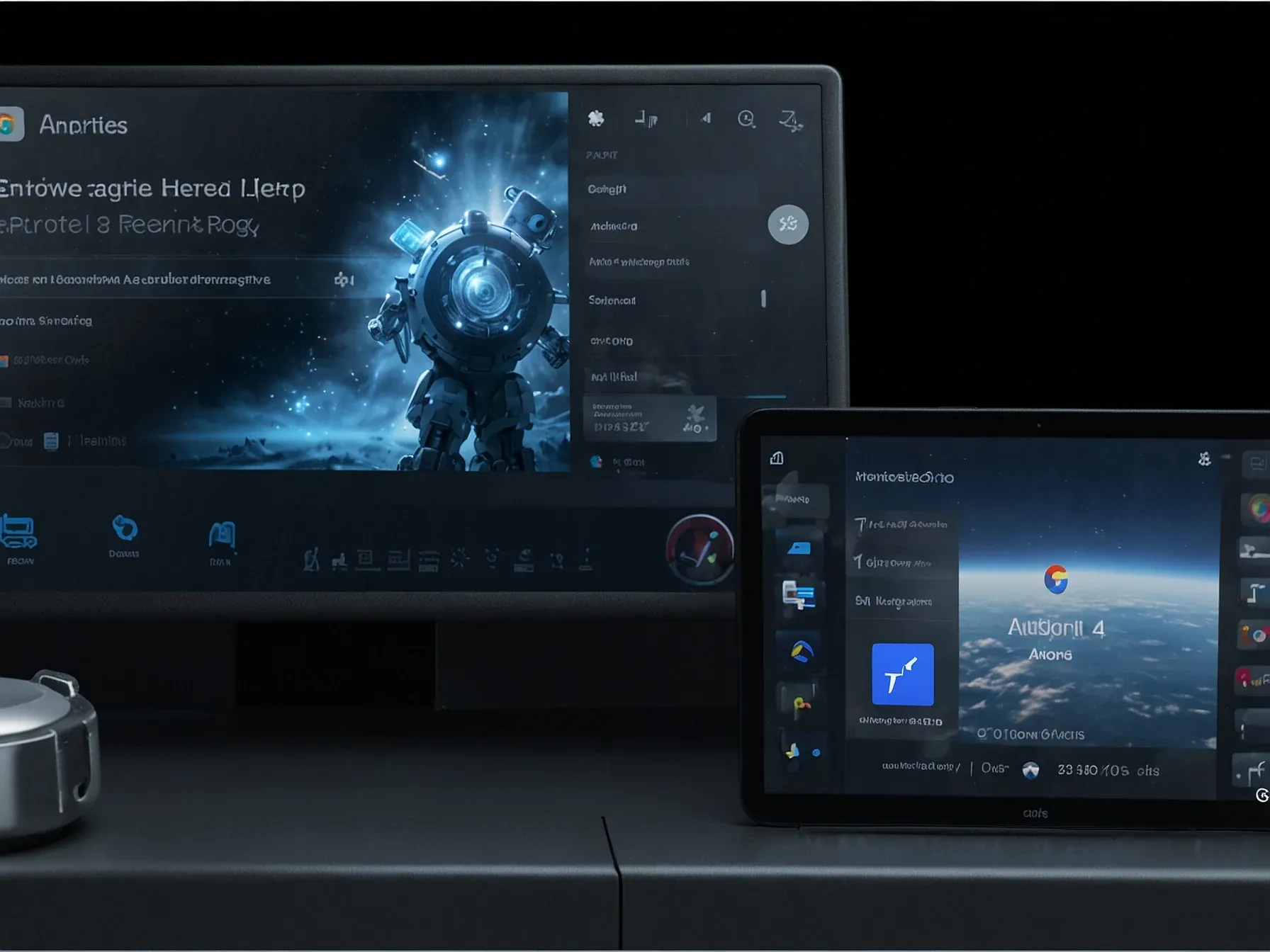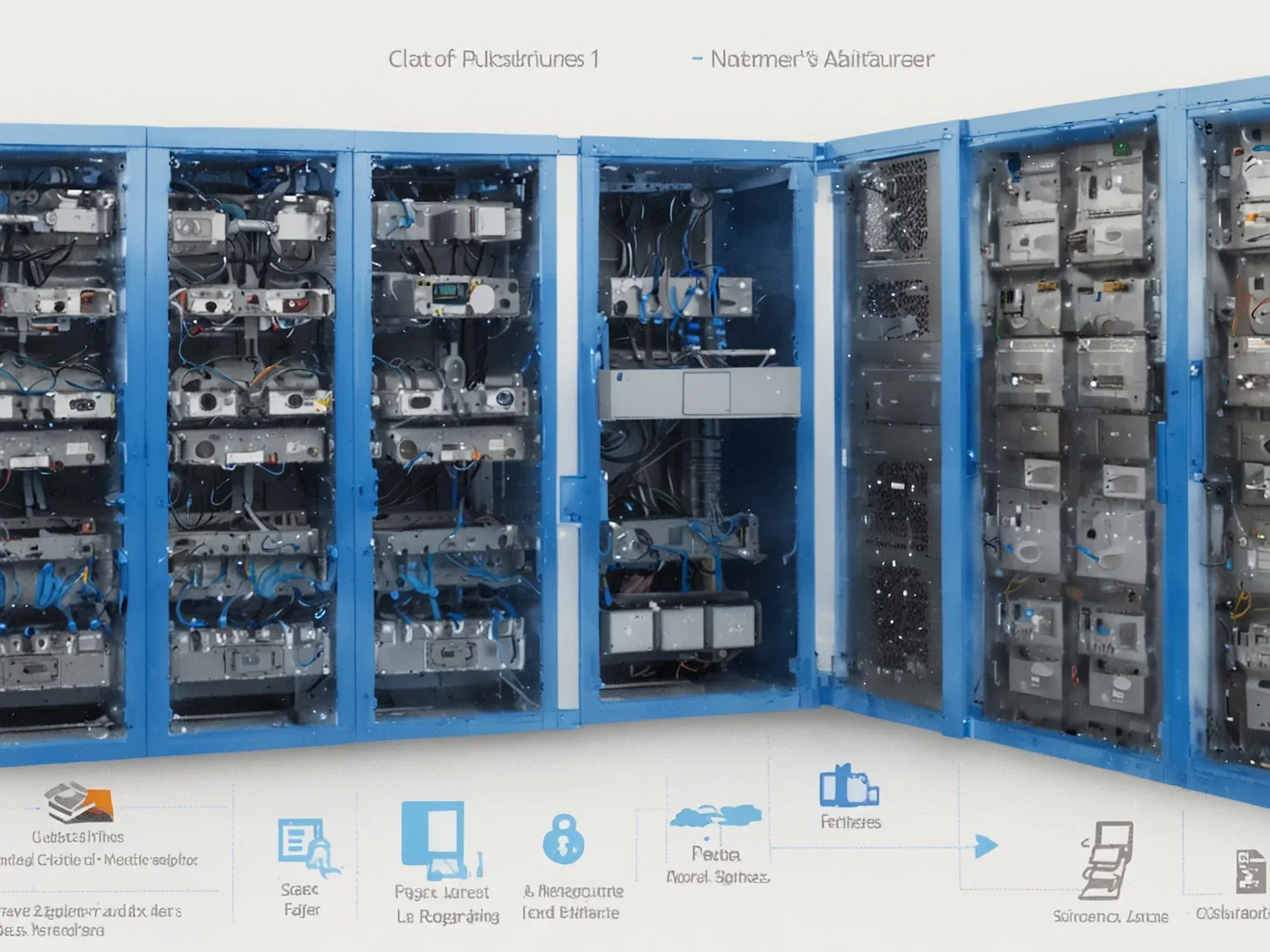
New AI Mode lets users switch to a free Gemini 3 powered view
Google’s latest rollout is quietly reshaping how its search‑centric tools handle advanced language models. For months, users have been stuck with earlier versions of Gemini, a model that, while competent, fell short of the depth developers promised. Now the company has introduced an “AI Mode” that flips a switch, moving the interface from those legacy engines to the newest Gemini 3 without any extra cost.
The change isn’t just a cosmetic upgrade; it promises richer explanations, tighter summarizations, and more purposeful planning assistance—all packaged into the same familiar search window. While the feature rolls out across the platform, the real question is how much the new capabilities will stretch beyond the simple list of links we’re used to seeing. If the shift lives up to its description, everyday queries could start returning structured, context‑aware answers instead of just a handful of URLs.
Below, the official wording explains exactly what the new mode does and why it matters.
You can access Gemini 3 using the new AI Mode where you can switch to a Gemini 3 powered view. Where previously it was limited to the older iterations of this model, now it supports Gemini 3. This mode can explain, summarise, plan and create structured answers that go beyond simple search results.
There are two ways of accessing AI mode: I would suggest using it in the former manner, to get seamless help in your search. Gemini CLI allows developers to interact with Gemini 3 directly from the terminal. It's currently limited to Google AI Ultra subscribers or those having the paid Gemini API key.
Is the new AI Mode enough to make Gemini 3 truly accessible? The article says you can now switch to a Gemini 3‑powered view without needing a coding wizard or a supercomputer in the basement. This mode promises explanations, summaries, planning assistance and structured answers that go beyond simple search results.
Yet the piece offers no data on latency, cost or how the experience differs from earlier model iterations. For users comfortable with basic interfaces, the shift appears straightforward; for more technical audiences, the lack of implementation details may raise questions. The claim that Gemini 3 is “finally here” suggests a release milestone, but it remains unclear whether the free access will persist or how broadly the feature will roll out across devices.
In short, the new mode lowers the entry barrier, but without performance metrics or usage limits, its practical impact is still uncertain.
Further Reading
- A new era of intelligence with Gemini 3 - Google Blog
- Google lancia Gemini 3, il modello che riscrive le regole dell'IA - Adnkronos
- Google promette una nuova era di intelligenza con Gemini 3 - Macitynet
- È arrivato Gemini 3 Pro, il più potente modello IA di Google corteggia anche le soluzioni agentiche - DDay.it
- Google releases its heavily hyped Gemini 3 AI in a sweeping day-one rollout - Fortune
Common Questions Answered
How does the new AI Mode enable users to switch to a Gemini 3‑powered view without additional cost?
The AI Mode acts as a toggle within Google’s search‑centric tools, replacing the older Gemini engine with the latest Gemini 3 model at no extra charge. Users simply enable the mode and instantly receive the newer model’s output without needing a subscription or hardware upgrade.
What capabilities does Gemini 3 provide in AI Mode that were missing from earlier Gemini iterations?
Gemini 3 in AI Mode can explain complex topics, generate concise summaries, assist with planning, and produce structured answers that go beyond plain search results. These functions were limited or absent in previous Gemini versions, which often delivered only basic informational snippets.
In what ways can developers access Gemini 3 through the Gemini CLI as mentioned in the article?
Developers can reach Gemini 3 by using the Gemini CLI, a command‑line interface that directly queries the new model. The article suggests this method for those comfortable with coding, allowing programmatic access without navigating the standard web UI.
Does the article provide any performance metrics such as latency or cost for the new AI Mode?
The article explicitly states that it does not include data on latency, cost, or how the experience differs from earlier model iterations. Therefore, readers are left without concrete performance metrics for the new AI Mode.




